This post may contains affiliate links. Read our full disclosure here.
We’ve all been there – excitedly uncorked a bottle of wine after a long day, poured a glass, taken that first eager sip, and then… disappointment. Something’s off. When wine goes bad, it’s not just disappointing, it’s a true wine lover’s heartbreak. Unlike food that shows obvious signs of spoilage, detecting bad wine requires a bit more sensory detective work. Wine may not come with an expiration date stamp, but it certainly speaks volumes when it’s past its prime.
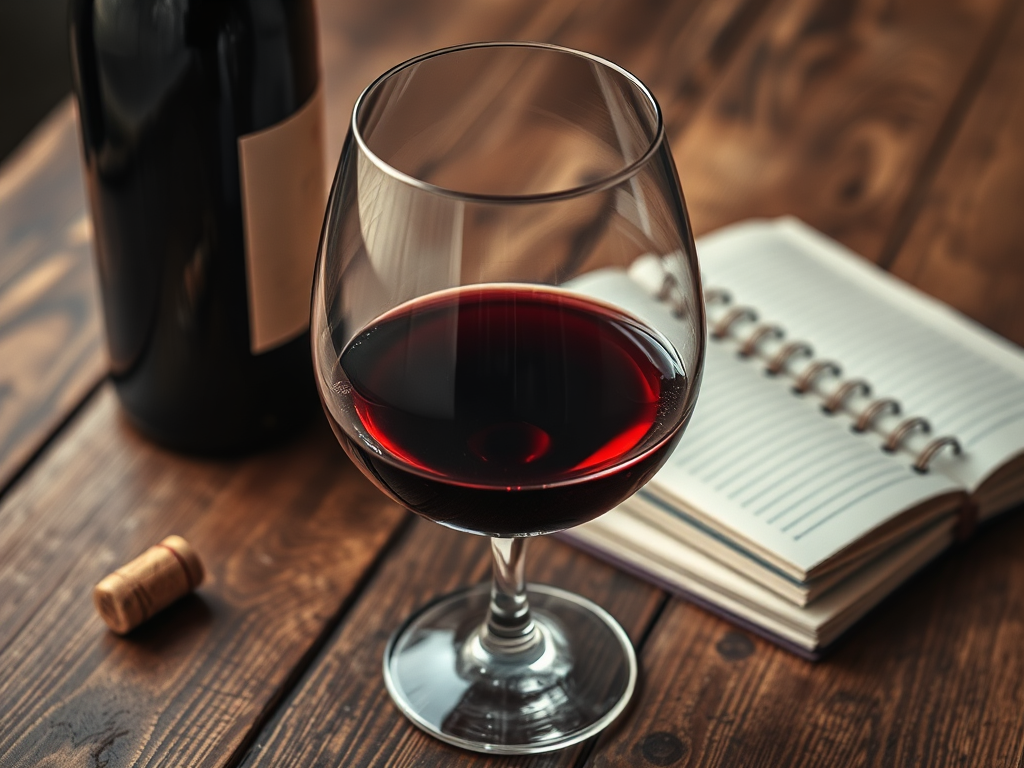
Understanding how and why wine goes bad helps prevent those unfortunate moments when you’re stuck with an undrinkable bottle. Whether it’s oxidation, temperature damage, or cork taint, several culprits can transform your beautiful Bordeaux or pristine Pinot Grigio into something entirely unpleasant. Let’s explore how to identify those telltale signs that your wine has taken a turn for the worse, and what (if anything) you can do to salvage the situation.
How to Know When Wine Goes Bad
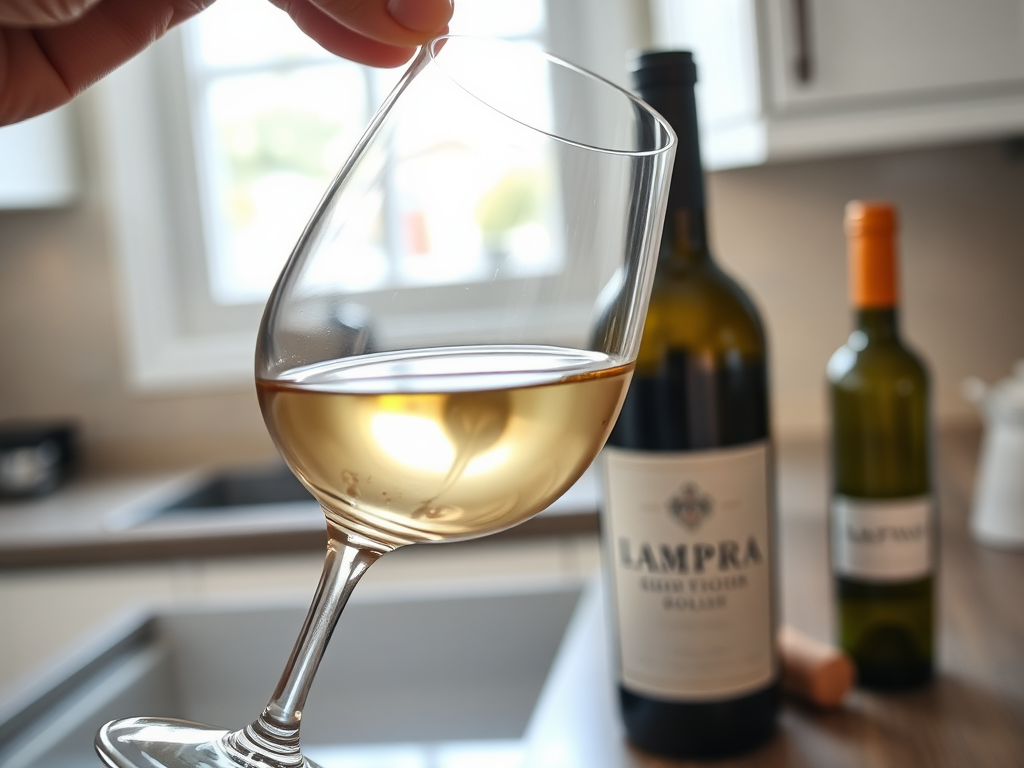
Your senses are your best tools for detecting when wine goes bad. That suspicious smell or off-putting taste isn’t just in your head – it’s your body’s warning system telling you something’s wrong. The first clue often comes from the aroma of the wine. Healthy wine smells fruity, floral, earthy, or spicy depending on the variety. When wine goes bad, these pleasant scents are replaced by unpleasant ones.
Bad wine typically smells like vinegar, wet cardboard, moldy basement, rotten eggs, or even nail polish remover. These off-putting aromas are immediate red flags. My friend Lisa once described a corked wine as “smelling like her grandmother’s musty attic” – an oddly specific but perfect description of TCA contamination.
The taste of spoiled wine is equally revealing. When wine goes bad, it might taste unusually sour or acidic, have a flat, dull flavor profile, or display strange metallic notes. Sometimes, still wines develop an unexpected fizz – a sign of unwanted secondary fermentation happening in the bottle. During a casual Wine Wednesday gathering, we once had a Chardonnay that tasted more like apple cider vinegar than wine – a classic case of oxidation.
Visual cues can also indicate when wine goes bad. White wine that has turned brownish or a red wine with brick-orange edges (when it shouldn’t have them) suggests oxidation. Bubbles in still wine, floating particles that weren’t there before, or wine leaking around the cork are all signs that something’s amiss. Trust your instincts – if something seems off about your wine, it probably is.
What Makes Wine Go Bad?
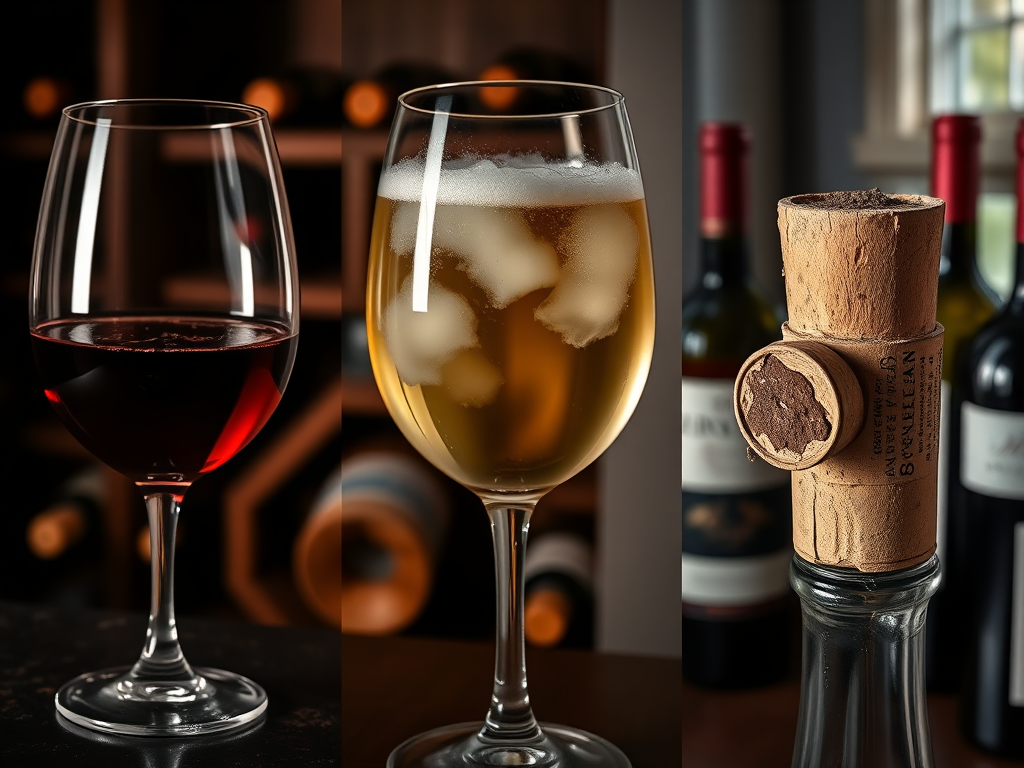
Several villains can cause wine to go bad, and understanding them helps prevent future disappointment. The most common culprit is excessive oxygen exposure. While a little oxygen helps wine develop, too much starts a chemical reaction that eventually turns wine into vinegar. This explains why opened bottles eventually go bad and why proper resealing is crucial.
Heat is another major enemy of wine. Storing wine above 70°F accelerates aging and can “cook” the wine, creating stewed fruit flavors and compromising its structure. This summer, my neighbor left a case of wine in her car trunk during a heat wave – every bottle went bad with strange, jammy flavors that weren’t supposed to be there. Temperature fluctuations are equally damaging, causing the wine to expand and contract, potentially pushing the cork out slightly and letting air in.
Light exposure, particularly UV rays, can degrade wine rapidly – a phenomenon called “light strike.” This is why quality wines come in dark colored bottles and should be stored away from direct sunlight. When wine goes bad from light exposure, it often develops unpleasant sulfur aromas.
Cork taint (TCA) is perhaps the most infamous wine fault. It occurs when fungi in cork react with cleaning compounds to create a chemical that gives wine a musty, wet cardboard smell. Despite advances in cork production, it still affects roughly 1-3% of bottles with natural corks. Understanding these factors can help when you’re asking questions during winery tours about their storage and production methods.
Red Flags: Signs Your Wine Has Gone Bad

When wine goes bad, it leaves clear evidence of its demise. Learning to spot these signs can save you from that unfortunate moment of serving spoiled wine to guests. Let’s break down the most obvious indicators by your senses:
Smell-based warning signs are usually the most immediate. Vinegar smell (acetic acid) indicates advanced oxidation. Wet cardboard or musty newspaper aromas suggest cork taint. Rotten egg or cabbage smells point to sulfur compounds gone awry. Nail polish remover (ethyl acetate) suggests microbial spoilage. During a recent dinner party, we opened a bottle that smelled like my son’s chemistry set – straight into the sink it went!
Taste-based red flags are equally telling. When wine goes bad, it may taste sharply acidic like vinegar, flat and flavorless without its usual character, oddly metallic, or have a strange chemical bitterness. Unexpected fizz in non-sparkling wine indicates unwanted fermentation is happening in the bottle. Developing your palate through proper wine tasting techniques helps you quickly identify these issues.
Visual clues can reveal problems before you even take a sip. Here’s what to watch for:
- Color changes: White wines browning or darkening significantly
- Red wines turning brownish or brick-colored at the edges when young
- Bubbles in still wine
- Visible cork particles floating throughout (not just at the bottom)
- Wine leaking around the cork or cork pushing up out of the bottle
Trust your instincts when evaluating wine. If something seems off, it probably is. Wine is meant to be enjoyed – when it goes bad, your senses will let you know.
How Long Before Wine Goes Bad After Opening?
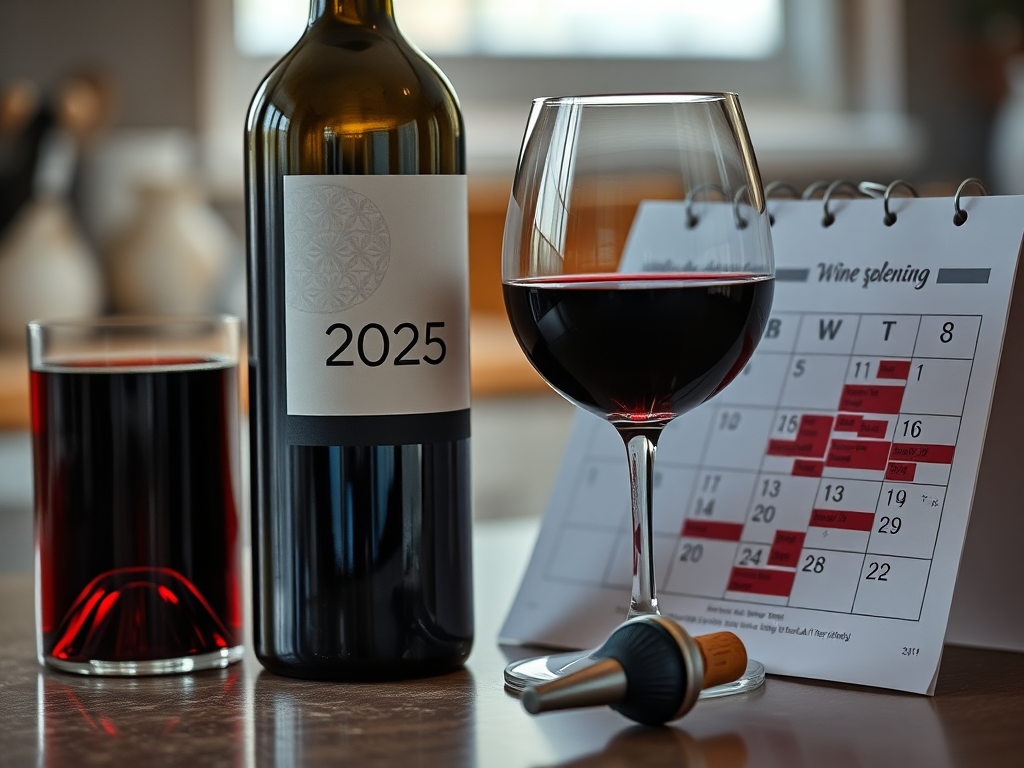
Once uncorked, the countdown begins. When wine goes bad after opening depends largely on the type, storage conditions, and preservation methods. Understanding these timeframes helps prevent waste and disappointment. Generally, lighter wines with less structure deteriorate faster than robust, tannic varieties.
White and rosé wines typically last 3-5 days when properly resealed and refrigerated. Their higher acidity provides some natural preservation, but they’re still vulnerable to oxidation. My roommate and I have a system where we mark open bottles with the date to track freshness – it’s saved us from many questionable glasses.
Red wines usually survive 3-7 days when resealed and kept in a cool, dark place. Fuller-bodied, tannic reds like Cabernet Sauvignon often last longer than lighter varieties like Pinot Noir. The tannins act as natural preservatives, slowing oxidation. However, when wine goes bad, even these sturdier varieties develop vinegar notes and lose their vibrant fruit character.
Sparkling wines are the most fragile, lasting only 1-3 days even with specialized stoppers. Once those bubbles begin escaping, the clock ticks faster. Fortified wines like Port and Sherry are the marathoners of the wine world, lasting 2-4 weeks after opening thanks to their higher alcohol content and, in some cases, intentional oxidation during production.
Here’s a quick reference guide for how long before wine goes bad:
| Wine Type | Shelf Life After Opening | Storage Tip |
|---|---|---|
| White/Rosé | 3-5 days | Refrigerate with tight seal |
| Red | 3-7 days | Cool, dark place with seal |
| Sparkling | 1-3 days | Sparkling wine stopper in fridge |
| Fortified | 2-4 weeks | Sealed in cool location |
Wine preservation tools can extend these timeframes significantly. Vacuum pumps remove oxygen from the bottle, while inert gas sprays (like Coravin systems) replace air with argon. Even when properly stored, remember that open wine begins a steady decline in quality – enjoy it sooner rather than later, especially when dressed appropriately for those wine tasting events.
The Taste of Disappointment: What Bad Wine Tastes Like
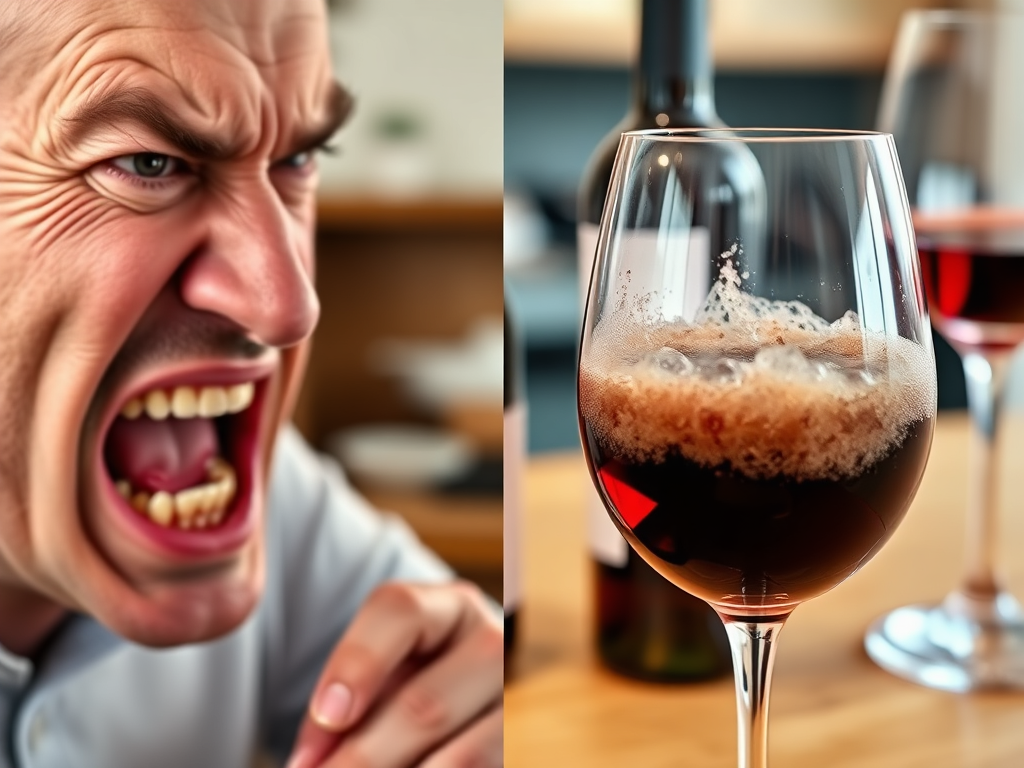
When wine goes bad, its flavor profile transforms entirely, often in distinctly unpleasant ways. Recognizing these off-flavors helps you identify spoiled wine before you serve it to guests (or suffer through drinking it yourself). The most common flavor when wine goes bad is vinegar-like sourness – that sharp acidity that makes you wince is acetic acid, the result of oxygen converting alcohol through bacteria action.
Bad wine can also taste unusually flat and dull. Where a fresh bottle has vibrant fruit notes, complex layers, and a satisfying finish, spoiled wine loses its personality. It’s like comparing a fresh-cut flower to one that’s been sitting in murky water for days – technically still a flower, but without any of its appealing characteristics.

Sometimes, spoiled wine develops unwanted sweetness that wasn’t part of its original profile. This cloying, artificial-tasting sweetness typically happens when other flavor components break down, leaving behind unbalanced sugar impressions. During a casual tasting night with friends, we opened a Cabernet that had lost all its tannic structure and tasted oddly sweet – a textbook case of heat damage.
Here are other common bad tastes that indicate wine has gone bad:
- Chemical flavors (acetone, rotten eggs, burnt matches)
- Metallic bitterness that lingers unpleasantly
- Medicinal or Band-Aid tastes (from certain spoilage yeasts)
- Musty, moldy cellar flavors (from cork taint)
- Unexpected bubbles creating a prickly sensation
The texture and mouthfeel of wine change as it deteriorates too. Bad wine often loses its structure and body, feeling thin and watery or sometimes taking on an unpleasant stickiness. Learning to identify these characteristics helps you catch wine before it goes completely bad – and possibly avoid that “why did I just put this in my mouth?” moment we’ve all experienced with spoiled wine.
Storing Wine Properly: Preventing It From Going Bad

Preventing wine from going bad starts with proper storage, both before and after opening. The ideal environment for wine keeps it at a consistent cool temperature (around 55°F/13°C), away from light, with minimal vibration and appropriate humidity. While most of us don’t have professional cellars, even simple adjustments to how you store wine can significantly extend its life.
For unopened bottles, position matters. Store corked bottles on their sides to keep the cork moist, preventing it from drying out and letting air in. Screw-capped bottles can be stored upright. The location should be consistently cool – avoid places with temperature fluctuations like near appliances or in sunlight. My kitchen had a cabinet far from the stove that maintained a steady temperature – it became my makeshift wine storage until I invested in a small wine fridge.
After opening, proper resealing is crucial to delay wine going bad. Always use the original cork (inserted the same way it came out) or a wine stopper for a tight seal. Store opened whites and rosés in the refrigerator, which slows oxidation. Reds can be kept at room temperature if you’ll finish them within 1-2 days, but refrigeration extends their life to the 3-7 day range.
Wine preservation tools are worth considering if you frequently have leftover wine:
- Vacuum pumps remove oxygen from the bottle
- Inert gas sprays replace air with argon or nitrogen
- Wine preservation systems (like Coravin) allow pouring without removing the cork
- Half-bottles let you transfer leftover wine to a smaller container with less air space
Even with perfect storage, remember that wine is perishable. If you notice wine starting to go bad, consider using it for cooking instead of drinking. And if you’re dealing with leftover wine and also have spilled some on your carpet during a party, tackle both problems promptly – neither wine-soaked rugs nor oxidized wine improve with age!
When Wine Goes Bad: Is It Safe to Drink?
The good news is that when wine goes bad, it’s usually a matter of unpleasant taste rather than safety concerns. Spoiled wine might offend your palate, but it rarely poses health risks to healthy adults. The acids and alcohol in wine create an environment where dangerous pathogens typically can’t survive. So while that oxidized Chardonnay might taste terrible, it’s unlikely to make you sick.

That said, some types of spoiled wine might cause mild discomfort. Wine that’s developed excessive histamines through bacterial action could trigger reactions in sensitive individuals. Similarly, wines contaminated with high levels of sulfites might cause reactions in those with sulfite sensitivities. These reactions are typically mild – headaches or stomach upset – rather than serious health emergencies.
What about cooking with wine that’s gone bad? The answer depends on how far gone it is. Wine with slight oxidation can still work in cooking, as the heat will burn off some off-flavors. However, wine that’s completely turned to vinegar or developed significant bacterial growth should be avoided even in cooking. My rule of thumb: if the wine smells genuinely repulsive, don’t put it in your food.
The biggest risk of bad wine isn’t to your health but to your wine education and experience. Drinking spoiled wine can create false impressions of certain varietals or regions. A friend once swore off Riesling entirely because her first experience was with a heat-damaged bottle that tasted like kerosene and apple cider vinegar – totally misrepresenting this delightful varietal!
When in doubt about whether wine has gone bad, trust your senses. If it looks, smells, or tastes off, it’s better to discard it than force yourself through an unpleasant drinking experience. Life’s too short for bad wine, especially when there are so many wonderful bottles waiting to be discovered through proper wine tasting techniques.
Not All Weird Wine is Bad Wine
Here’s an important distinction for wine lovers to understand: not every unusual smell or taste means wine has gone bad. The wine world is wonderfully diverse, with many styles intentionally showcasing characteristics that might seem “off” to novice drinkers. Learning to distinguish between wine faults and purposeful wine styles prevents you from pouring excellent (but unusual) bottles down the drain.
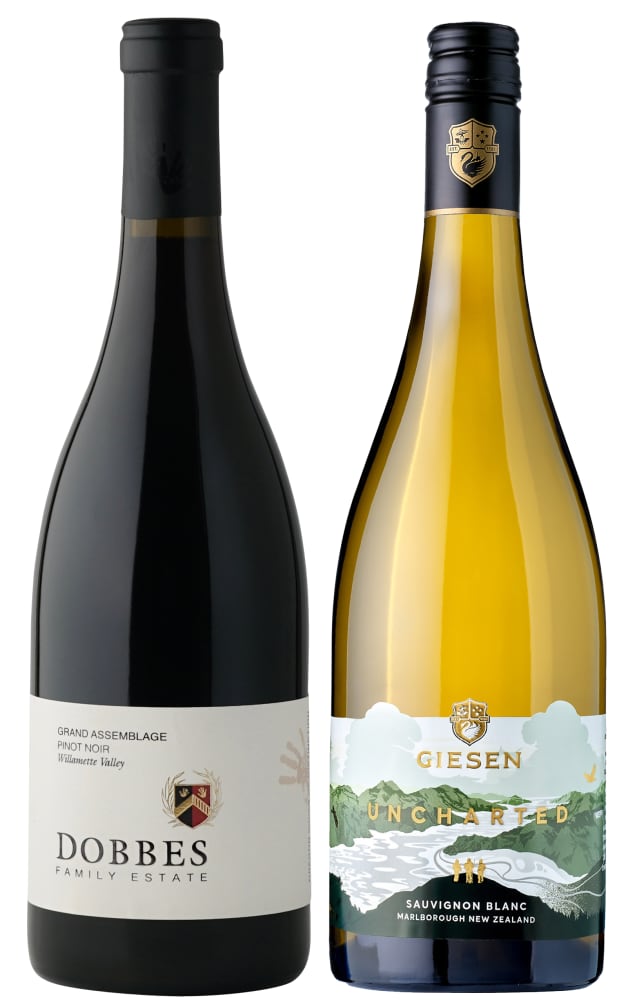
Natural wines, which are made with minimal intervention and often without added sulfites, frequently display cloudy appearances, funky aromas, and sour notes that might seem like flaws to those accustomed to conventional wines. Yet these characteristics are prized by natural wine enthusiasts. The first time my boyfriend opened an unfiltered natural Gamay, I thought it had gone bad – until he explained the cloudiness was intentional and part of its charm.
Many traditional European wines showcase earthy, barnyard-like aromas (what the French call “brett” or Brettanomyces) that can be mistaken for flaws by drinkers expecting pure fruit. These mushroom, leather, or even slightly animal notes are considered complexity in certain regions and styles. Aged wines naturally develop nutty, dried fruit, and sometimes slightly oxidative characteristics that might seem “off” if you’re expecting fresh, vibrant fruit flavors.
Here are some wine styles that often display characteristics that might be mistaken for flaws:
- Orange wines – Amber color, nutty flavors, sometimes with volatile acidity
- Traditional Spanish Rioja – Leather, tobacco, and dried fruit notes
- Aged Burgundy – Earthy, mushroom-like aromas
- Loire Valley reds – Can have slight barnyard characteristics
- Jura wines – Often show intentional oxidative notes
Before deciding wine has gone bad, consider its style and origin. That unusual characteristic might be an intentional expression of terroir or winemaking philosophy. Expanding your knowledge through diverse tasting experiences helps distinguish between genuine faults and intentional characteristics, turning potential “yuck” moments into fascinating discoveries about wine’s incredible diversity.
Turning Lemons Into Lemonade: Uses for Wine Going Bad
Found a bottle that’s on its way out? When wine goes bad (or is just starting to turn), all hope isn’t lost. There are several creative ways to use wine that’s past its prime drinking window. The key is catching it early – wine that’s beginning to oxidize but hasn’t completely turned can still contribute flavor and acidity to many culinary creations.
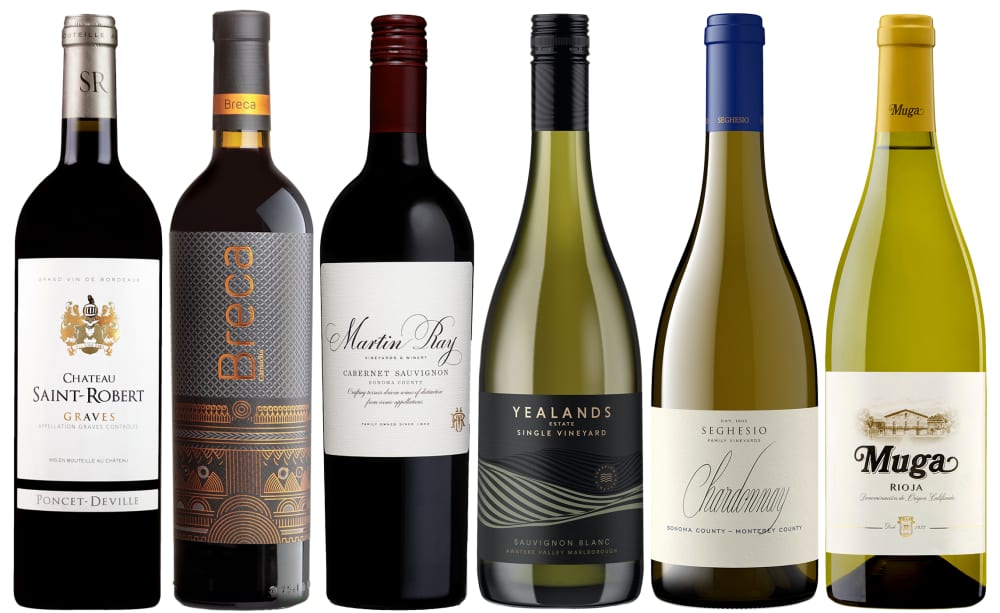
Cooking with wine approaching its expiration date is the classic solution. Red wines that have lost their vibrancy make excellent additions to hearty stews, pasta sauces, and braised dishes. Their concentrated flavors often work better for cooking than fresh wine. White wines beginning to oxidize can elevate risottos, cream sauces, and poached fish with their intensified acidity. Last month, I rescued a Merlot that had been open too long by using it in a spectacular beef bourguignon that impressed even my foodie friends.
Wine reductions showcase another perfect use for wine on the edge. Simmer wine with aromatics and perhaps a little sugar or honey until reduced to a syrupy consistency, and you’ll have a flavorful finishing sauce for meats or desserts. Even sparkling wine that’s lost its bubbles can find new life in mimosas or wine cocktails where fresh effervescence isn’t crucial.
Beyond cooking, wine approaching expiration has other creative uses:
- Wine vinegar starter – Let it fully oxidize to begin the vinegar-making process
- Fruit poaching liquid – Perfect for pears, apples, or stone fruits
- Marinades – Tenderize and flavor meats before cooking
- Wine jellies or jams – Reduce with sugar and pectin for preserves
- Freezing in ice cube trays for future cooking (works best with wine that’s just beginning to turn)
The most important rule: catch wine before it’s completely spoiled. Wine that smells truly offensive or has visible mold should go straight down the drain. But wine that’s just starting to lose its charm? That’s a culinary opportunity waiting to happen. These creative solutions help reduce waste while adding fantastic flavor to your cooking – a wine lover’s way of making the best of a less-than-perfect situation.
Trust Your Senses: The Final Word on Bad Wine
When it comes to determining if wine goes bad, your personal sensory experience is the ultimate authority. No matter what a prestigious label or high price point suggests, if the wine smells and tastes unpleasant to you, it’s not worth drinking. Wine appreciation is subjective, but wine spoilage typically presents universal signals that most people can detect – those unmistakable aromas of vinegar, wet cardboard, or nail polish remover simply aren’t part of any desirable wine profile.
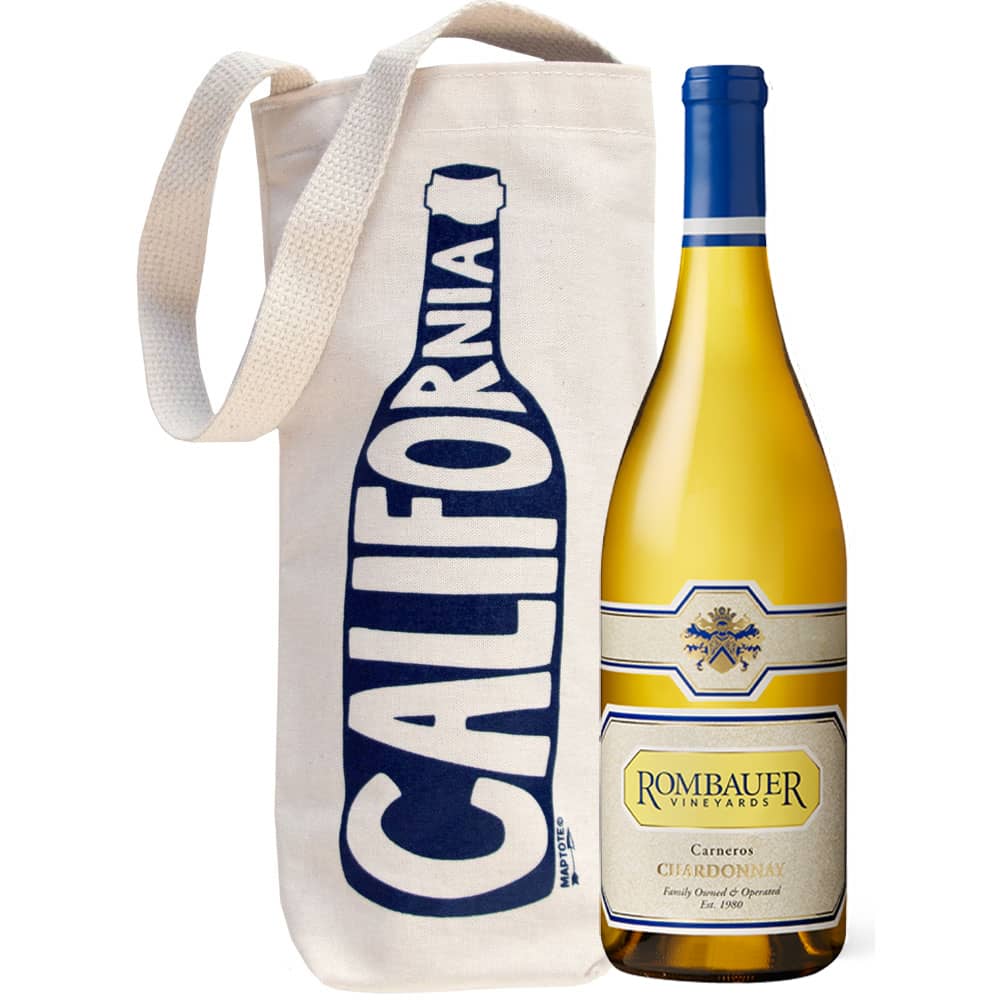
Developing your ability to identify when wine goes bad takes practice but pays dividends in your wine journey. Start by focusing on how good wine should smell and taste, creating a mental baseline for comparison. This foundation makes it easier to spot when something’s amiss. Many wine shops offer tastings or classes that can help build this sensory memory – a fun way to expand your knowledge while avoiding the disappointment of spoiled bottles at home.
Don’t hesitate to seek second opinions when uncertain. Wine professionals and experienced friends can help confirm whether that unusual characteristic is a fault or a feature. Most quality wine shops will replace truly faulty bottles if you return them promptly with the remaining wine. Better wine appreciation isn’t just about finding wines you love – it’s also about confidently identifying when wine has gone bad so you never waste time or money on compromised bottles.
Remember that wine, like all agricultural products, has natural variation and finite lifespan. Even with perfect storage, wine eventually goes bad – sometimes mysteriously faster than expected. The next time you encounter a questionable bottle, trust your instincts, learn from the experience, and move on to the next glass. After all, one of the greatest joys of wine exploration is that there’s always another bottle waiting to be discovered. Here’s to fewer spoiled wines and more delightful discoveries in your glass!




